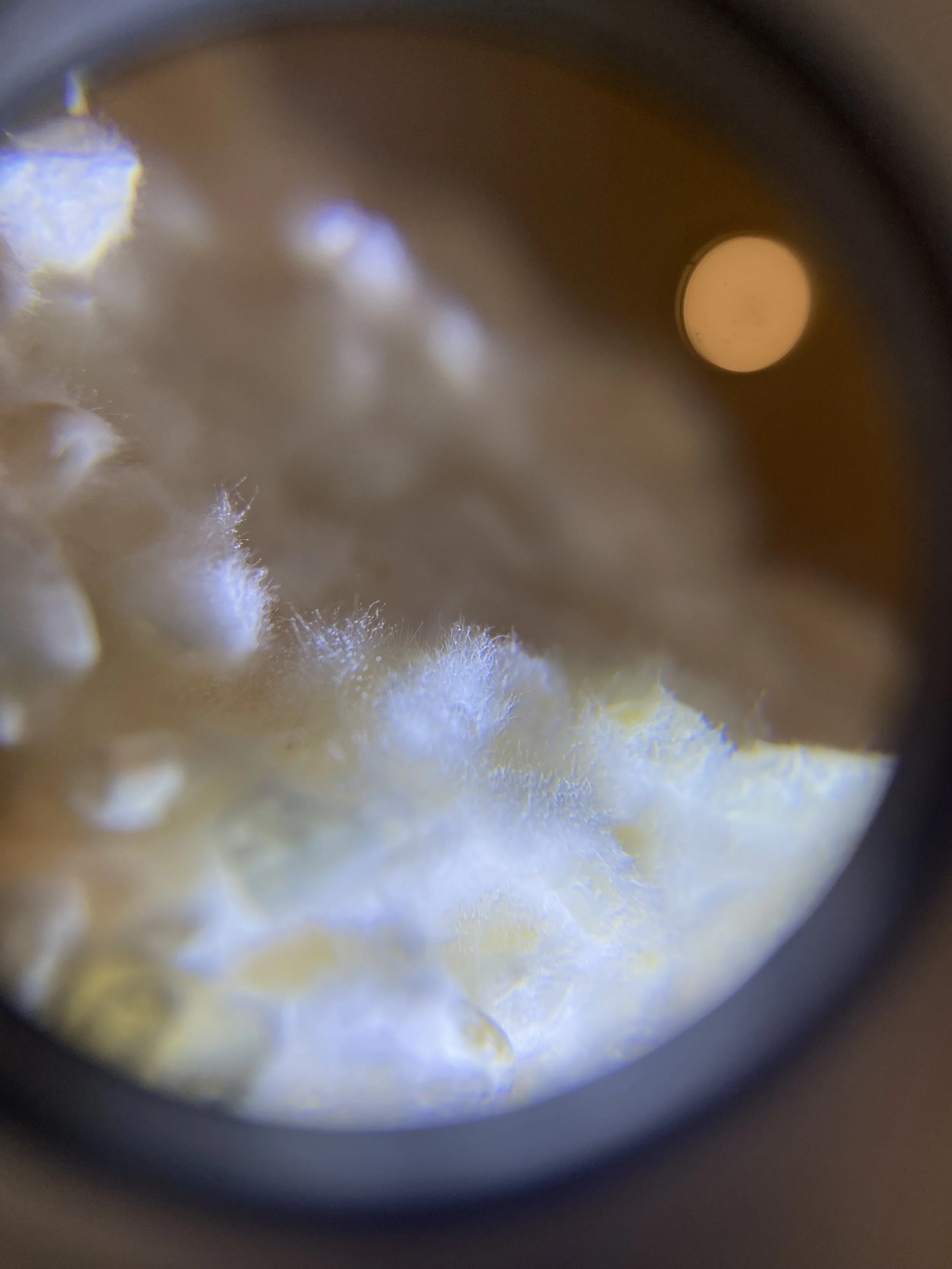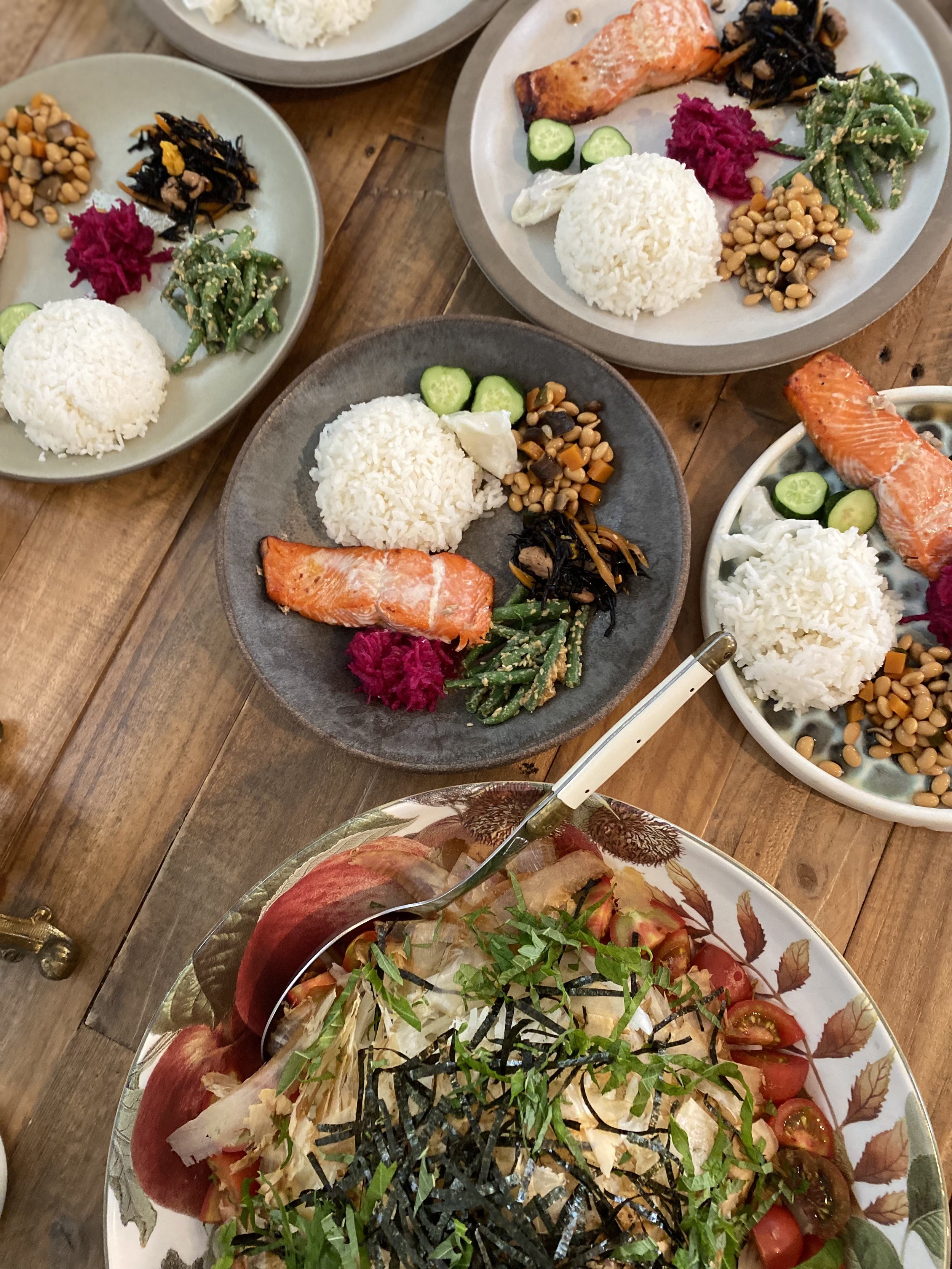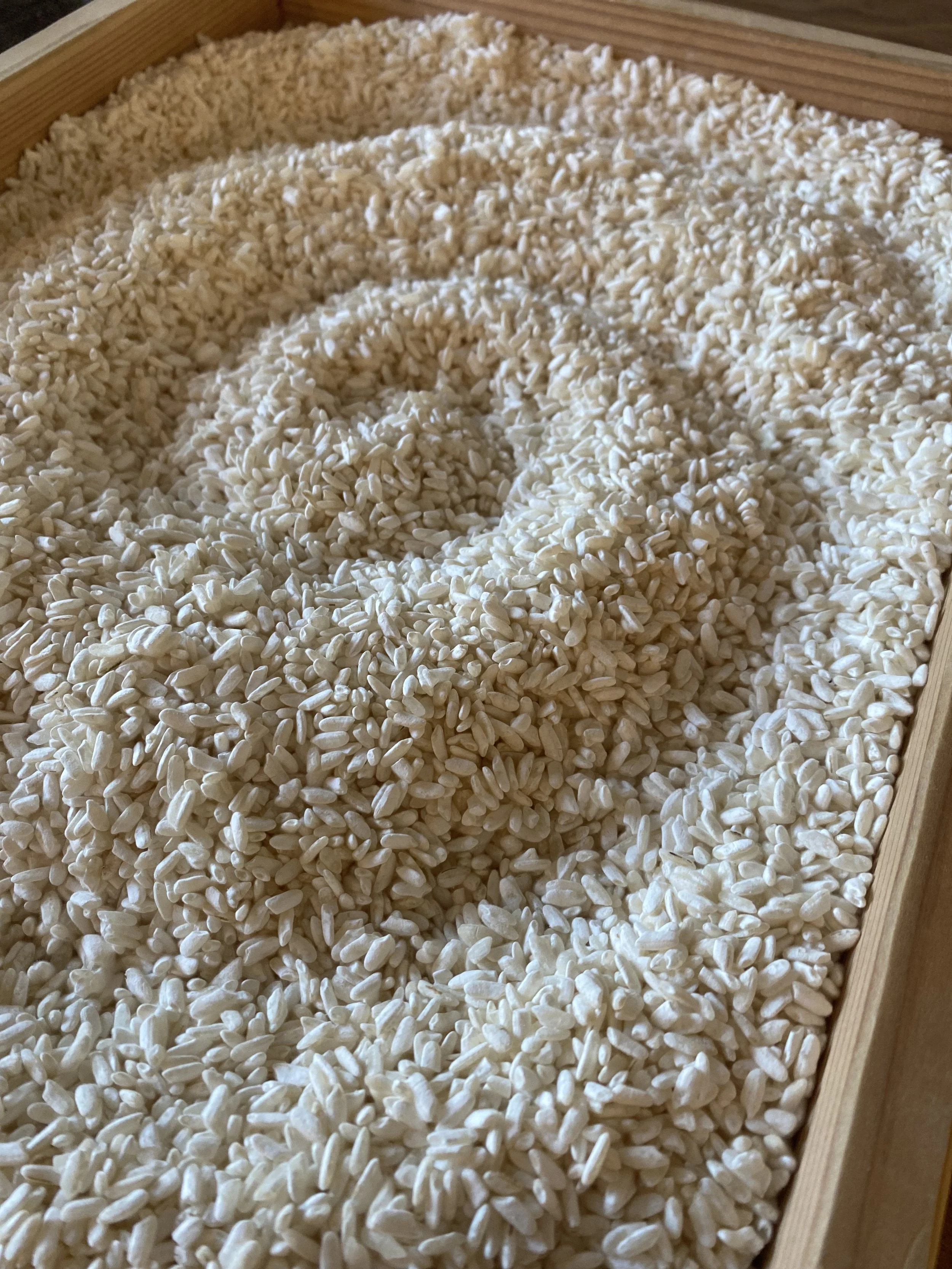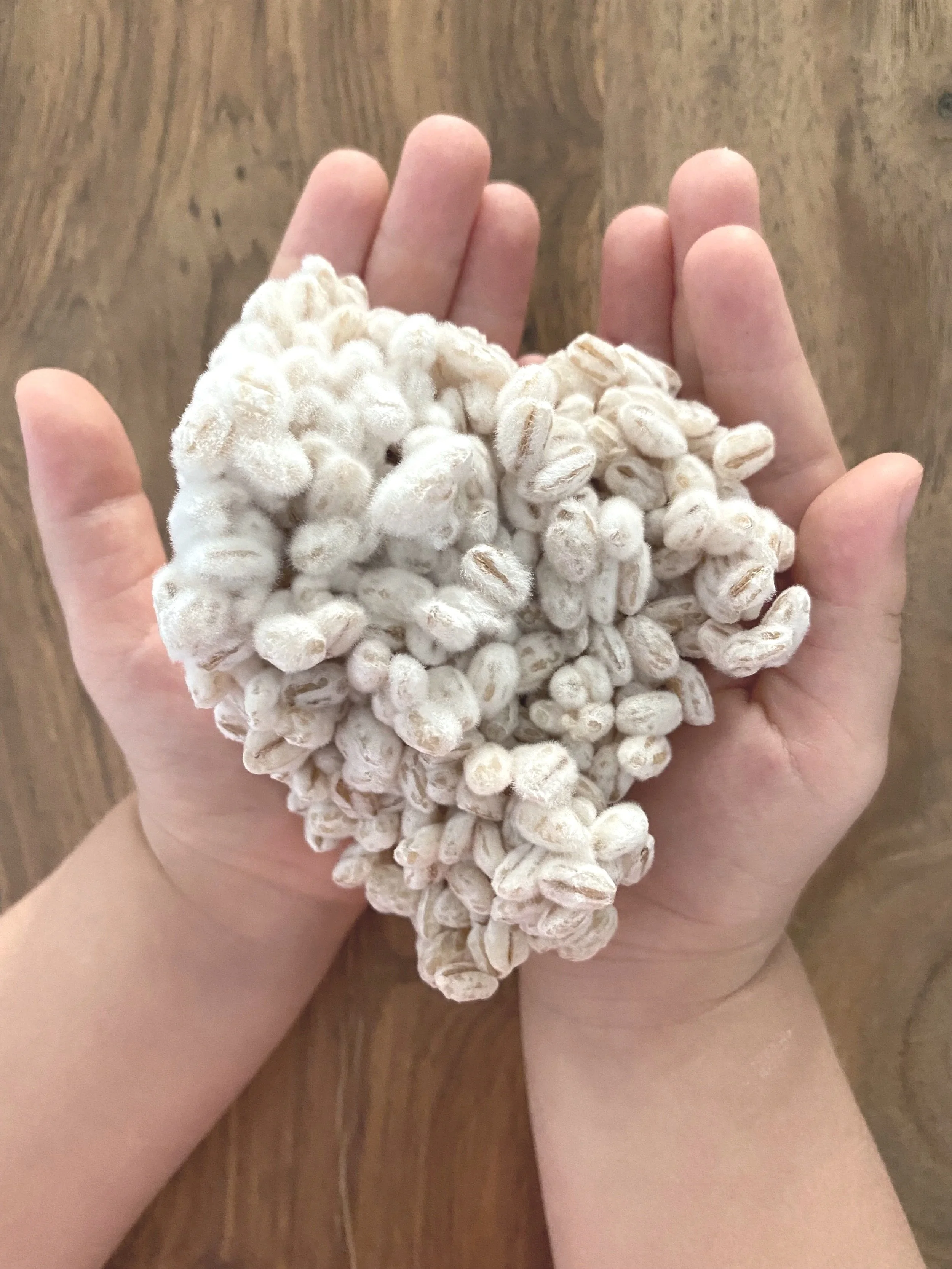What is Koji?
Koji rice is steamed rice that has been inoculated with Aspergillus Oryzae, a safe and edible fungus that has shaped the development of Japanese food culture for thousands of years.
Koji is traditionally grown on rice, barley and soybeans and has been used to make miso, soy sauce, rice vinegar and sake.
The flavors that characterize Japanese cuisine are made by fermentation methods that use Koji.
Fermentation Process
The process and technology of using the metabolic activities of microorganisms to enhance the flavor of food, while preserving it for an extended period, is referred to as "fermentation."
Koji Rice is a enzymatic fermentation, making it a unique type of fermented food rich in flavor.
Koji has a lot of enzymes that help tenderize food and bring out its natural umami flavor. One of them is protease— the enzyme to break down proteins into amino acids, which gives ingredients a savory taste. Another one is amylase- the process of breaking down starches into sugars creating natural sweetness and creating probiotic microbes during the process.
Heath Benefits
Trillions of microbes exist mainly inside our intestines and skin. There are roughly 100 trillion bacterial cells in your body and only 30 trillion human cells
Eating koji can help lay the foundation for good health. It encourages the growth of good bacteria—like lactic acid bacteria—which help keep the gut slightly acidic. This kind of environment makes it harder for harmful bacteria to grow or become active.
But the benefits of koji go even beyond digestion. There’s something called the gut-brain connection, which means our gut and brain are constantly communicating. In fact, scientists sometimes call the gut the “second brain” because it contains a huge network of neurons and produces many of the same neurotransmitters as the brain—including serotonin, which affects our mood.
So when our gut is healthy, we don’t just feel better physically—we often feel better emotionally and mentally too. That’s why fermented foods like koji can be so powerful.
-
Koji fungus lacks the genetic ability to produce mycotoxins. It was domesticated, hand selected, and isolated from the highly toxic A. flavus. into a safe and delicious fermentation catalyst to promote flavor and health.
-
Koji makes its own enzymes to break down food so it can feed itself. These enzymes also aid in breaking down the tough connective tissue found in proteins making them tender and easier to digest.
-
Raw, fresh koji is traditionally used as the fermentation catalyst in making miso, sake, soy sauce, mirin, and a host of other savory fermented products. It is not typically eaten on its own, but chefs are keen to incorporate it creatively in dishes.
Once koji is transformed into another product (i.e. marinade), is can be used as a seasoning agent, marinade, brine, supplement for salt, tenderizer, soup base, salad dressing, and so much more.
There is no limit to the ways koji can be incorporated into your dishes at home. The great thing about its versatility is that it naturally complements the ingredients flavor rather than overpowers them.




